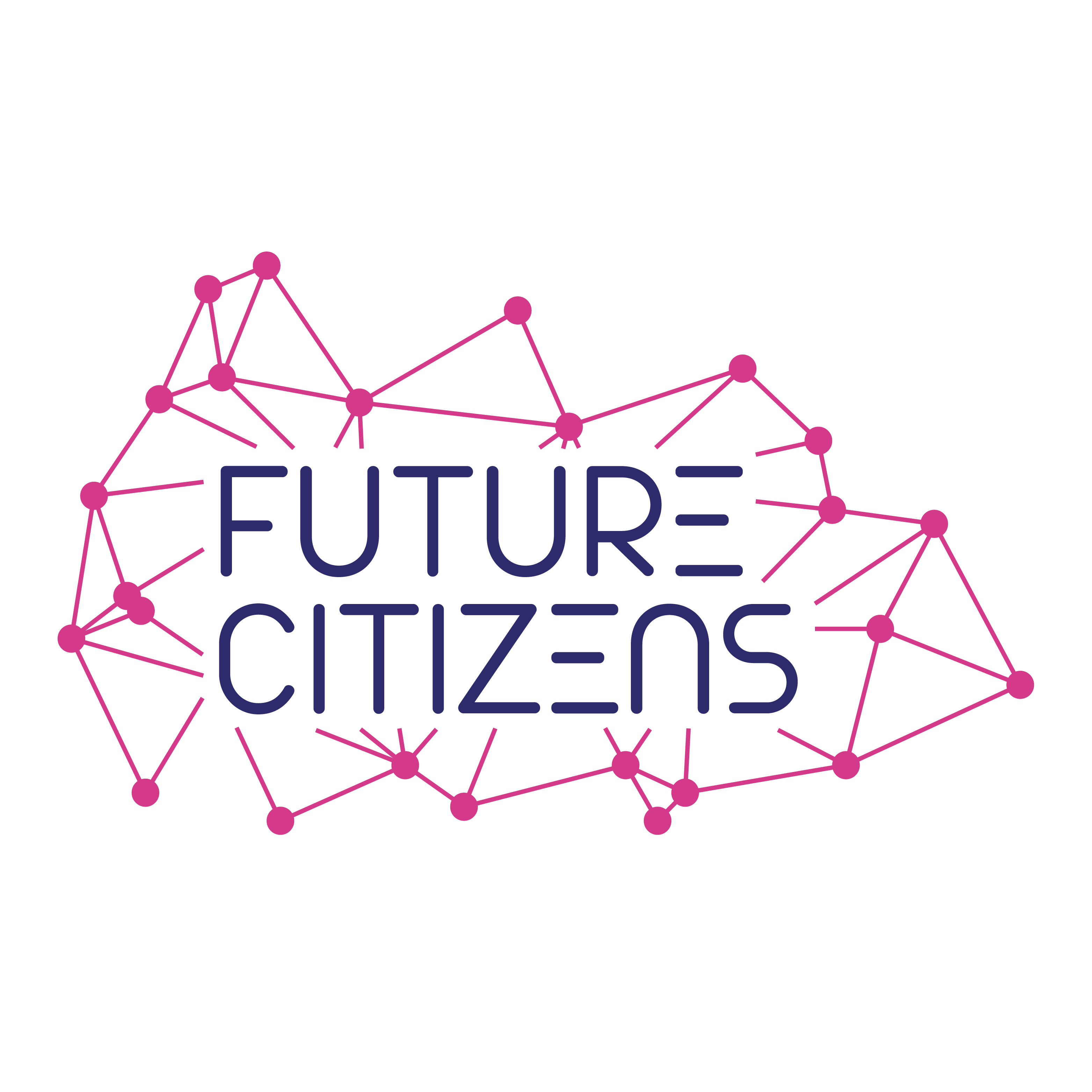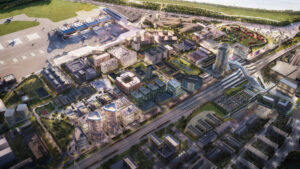A digital twin serves as a virtual copy of a physical entity, be it an object, process, service, or even an entire environment, mimicking its appearance and behavior in the real world.
Whether replicating a jet engine, wind farms, buildings, or even whole cities, digital twins provide a digital counterpart that goes beyond mere representation. They excel in simulating processes and conducting predictive analyses, combining real-world data and historical information to anticipate performance outcomes.
Integrating the internet of things (IoT), artificial intelligence, and software analytics enhances their capabilities. IoT sensors play a crucial role in transferring real-world data to generate virtual representations in the digital domain.
As technology evolves, these virtual models, that incorporate machine learning and harness big data, have become integral in modern engineering. They drive innovation, boost performance, and serve as a strategic tool to foresee potential issues in physical objects, allowing scenarios testing and planning. Advanced analytical, monitoring, and predictive features enable the testing of processes and services, preventing costly failures, not only in terms of money but also of time, and aligning with key technological trends.
One of the most useful applications of the digital twins technology is the ability to create digital twin cities. This way, modern urban planning has an important tool on its journey to optimization.

But how does it work?
First, it uses IoT, information modeling, and a network to collect real-time data on things like traffic and the environment. This helps create a connection between the real city and its virtual twin.
Second, by using big data and analyzing how the city operates, it can find issues in the digital space and give helpful advice to policymakers.
Third, through IoT’s remote control and interactive interface, the virtual twin can manage the real city’s entire life cycle, improve its operations, and support sustainable economic development.
Future Opportunities
As a report from the World Economic Forum in 2022 mentions, the digital twin market is expected to reach $48.2bn by 2026 and grow at a 58% compound annual growth rate. The application of digital twin technology is poised to play a pivotal role in future urban planning, construction and operations as it is expected to save the sector some $280bn by 2030.
In the realm of urban development, digital twins emerge as catalysts for transformation, offering cities a virtual blueprint for progress and allowing them to become dynamic ecosystems of innovation, where data-driven decisions pave the way for a brighter, more inclusive urban future.







